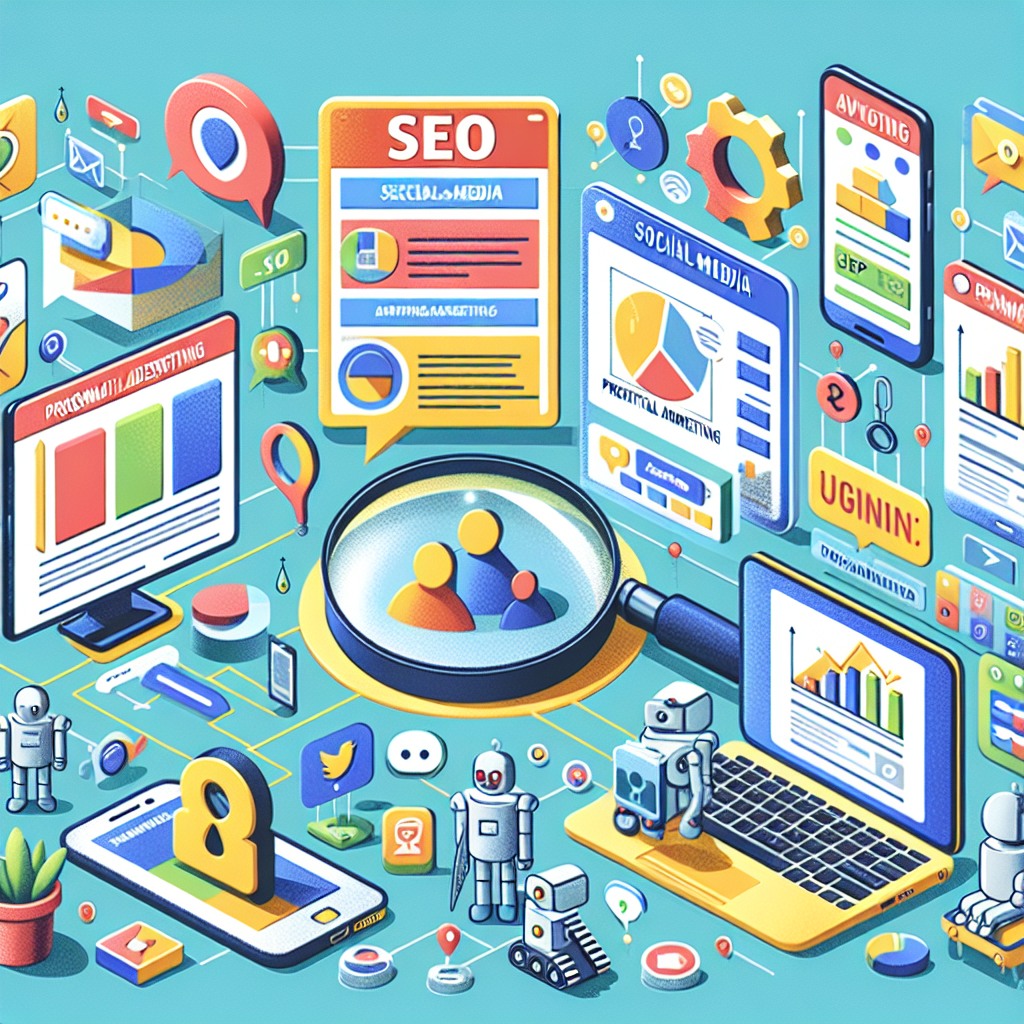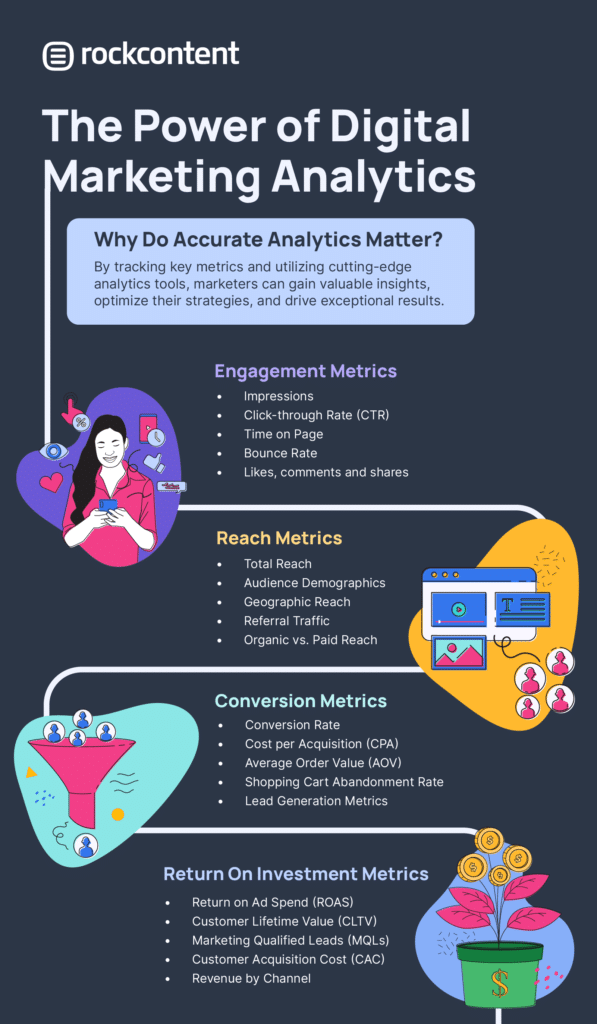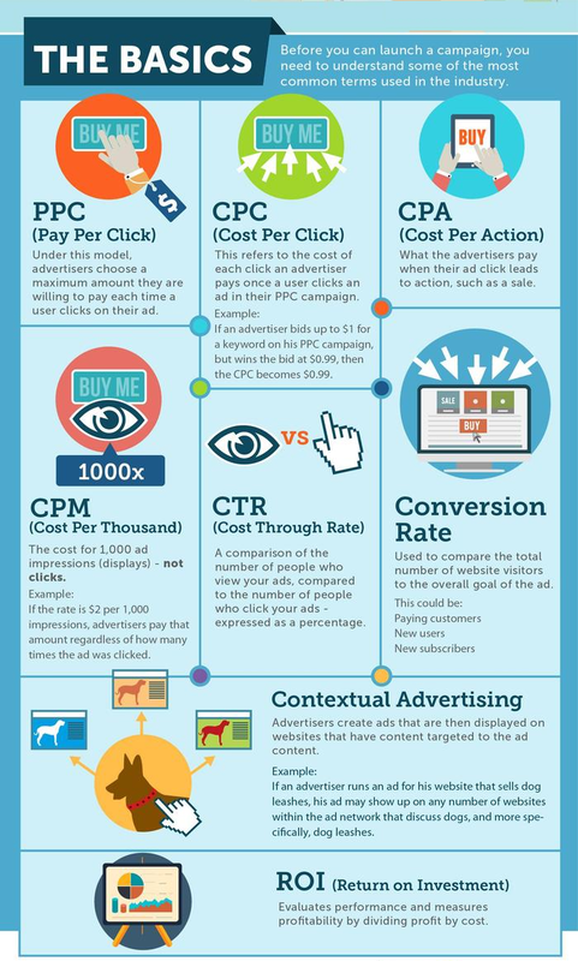Curious about digital advertising? Learn the basics in this beginner’s guide to mastering the art of online promotion now!

Image courtesy of via DALL-E 3
Table of Contents
Introduction to Digital Advertising
In today’s digital world, Digital Advertising plays a significant role in how businesses promote their products and services. But what exactly is digital advertising? Well, it’s all about showing Ads on the internet to reach potential customers. Let’s dive into the basics of this exciting marketing strategy that you encounter every day online.
What Are Ads?
So, what are Ads? Simply put, advertisements are messages that companies create to persuade people to buy what they’re selling. These messages can pop up in various forms: images, videos, or text. Next time you scroll through your favorite website or play a game on your phone, keep an eye out for these persuasive ads!
Digital Ads vs. Traditional Ads
Now, let’s compare Digital Ads to Traditional Ads. Digital ads appear on websites, social media platforms, and apps, while traditional ads are the ones you see on TV, billboards, or newspapers. The main difference? Digital ads have the power to reach a global audience quickly, thanks to the internet!
Types of Digital Ads
When browsing the internet, you may come across various types of digital ads trying to catch your attention. Let’s take a look at some of the common forms of digital advertisements you might encounter:
Display Ads
Display ads are like posters on the internet. They often contain colorful graphics and text that promote products or services. You can find these ads on websites, and they come in different sizes and shapes.
Video Ads
Video ads are short commercials that play before, during, or after online videos. Platforms like YouTube are known for these types of ads. They aim to engage viewers and deliver a message about a product or brand.
Social Media Ads
Social media platforms like Facebook and Instagram also host ads. These ads blend into your social feeds and may appear as sponsored posts. They are crafted to match the platform’s style and target specific audiences based on user interests.
Search Ads
Ever noticed the first few results that pop up when you search for something on Google? Those are search ads. Companies pay to have their websites show up at the top of search results when users look for certain keywords. It’s a way for businesses to reach people actively searching for related products or services.
How Digital Ads Work
Have you ever wondered why you see certain ads while surfing the internet? Well, companies want to show their ads to people who might be interested in what they have to offer. They carefully pick the right audience based on your age, location, interests, and other factors.

Image courtesy of rockcontent.com via Google Images
The Role of Cookies
One important tool that helps ads target the right audience is cookies. No, not the delicious kind you eat, but small pieces of data stored on your device. These cookies remember your browsing history and preferences to show you relevant ads.
Using Data
Companies collect all sorts of information about you – what websites you visit, what you search for, what you like on social media – to tailor ads just for you. This way, they try to make sure you see things that might catch your interest.
Benefits of Digital Advertising
Digital advertising offers various advantages that make it a popular choice for companies looking to promote their products or services. Let’s explore some of the key benefits of using digital ads over traditional advertising methods.
Wide Reach
One significant benefit of digital advertising is its ability to reach a vast audience. Unlike traditional ads that are limited to a specific location or audience, digital ads can target people all around the world. This means that businesses can connect with potential customers globally, expanding their reach and increasing brand awareness.
Interactive and Engaging
Digital ads are often interactive and engaging, making them more appealing to consumers. Through features like clickable links, videos, animations, and games, companies can create ads that capture the audience’s attention and encourage them to take action. This interactivity helps drive user engagement and can lead to higher conversion rates.
Cost Effective
Another advantage of digital advertising is its cost-effectiveness. In comparison to traditional advertising methods such as TV commercials or print ads, digital ads can be more affordable. Businesses can set flexible budgets, track the performance of their campaigns in real-time, and make adjustments to optimize their spending. This allows companies to reach a larger audience without breaking the bank.
Challenges in Digital Advertising
As digital advertising continues to expand, several challenges have emerged that companies and advertisers need to navigate. These obstacles can impact how ads are created and displayed online, affecting both businesses and consumers. Let’s explore some of the key challenges in the world of digital advertising.
Ad Blockers
One significant challenge facing digital advertisers is the rise of ad blockers. Ad blockers are tools that people use to prevent ads from appearing on websites or social media platforms. This poses a problem for businesses that rely on digital advertising to reach their target audience. Ad blockers can hinder the effectiveness of ad campaigns and reduce the visibility of marketing messages.
Privacy Issues
Another challenge in digital advertising is related to privacy concerns. Many consumers are worried about the amount of personal information that companies collect through online tracking and targeting practices. This has led to increased scrutiny and regulations aimed at protecting user privacy. Advertisers must navigate this landscape carefully to ensure they are respecting user privacy while still delivering targeted ads.
High Competition
In the digital advertising space, competition is fierce. With so many businesses vying for the attention of online users, standing out from the crowd can be a daunting task. Companies need to find innovative ways to capture the interest of their target audience and stay ahead of competitors. This competitive environment can make it challenging for businesses to achieve their advertising goals and achieve a strong return on investment.
Famous Platforms for Digital Advertising
When it comes to digital advertising, businesses have a plethora of platforms to choose from to showcase their products or services. Let’s explore some of the most popular places where companies can place their ads and reach potential customers.

Image courtesy of www.sprintzeal.com via Google Images
Google Ads
Google Ads is one of the leading platforms for digital advertising. Companies can create various types of ads, such as search ads that appear when users look up specific keywords on Google, display ads that show up on websites within Google’s vast network, and video ads on YouTube. With Google Ads, businesses have the advantage of reaching a massive audience due to Google’s widespread reach across the internet.
Facebook Ads
With over 2.7 billion monthly active users, Facebook is a powerhouse for digital advertising. Businesses can target specific demographics, interests, and behaviors to tailor their ads to the right audience. Whether it’s promoting a new product, driving traffic to a website, or increasing brand awareness, Facebook Ads offer a range of advertising options to help companies achieve their marketing goals.
YouTube Ads
As the second largest search engine after Google, YouTube serves as an excellent platform for video advertising. Companies can run video ads before, during, or after YouTube videos, reaching millions of viewers worldwide. With engaging video content, businesses can capture the attention of potential customers and drive conversions effectively.
How to Spot Digital Ads
When browsing the internet, have you ever wondered if what you’re looking at is an advertisement? Here are some tips to help you identify digital ads and understand when a post or video is trying to sell you something.
Recognizing Display Ads
Display ads are those you see on websites with pictures or banners promoting a product or service. These ads are usually colorful and eye-catching, making them stand out from the regular content on the page. If you notice a section that looks like it’s trying to grab your attention, it’s likely a display ad.
Understanding Sponsored Content
Sponsored content is another form of digital advertising where posts or articles may look like regular content but are actually paid promotions. These pieces often have a disclaimer stating they are sponsored or promoted by a specific brand or company. Look out for words like “Paid Partnership” or “Sponsored” to recognize sponsored content.
Identifying Video Ads
Video ads are commercials that play before, during, or after online videos. These ads can range from a few seconds to several minutes and usually have a call-to-action at the end, urging you to visit a website or buy a product. If you see a video that interrupts your viewing experience with a sales pitch, it’s most likely a video ad.
The Future of Digital Advertising
In the ever-evolving world of digital advertising, new technologies and trends are constantly shaping the way companies reach their target audiences. Let’s take a look at what the future might hold for this dynamic industry.

Image courtesy of www.social4retail.com via Google Images
New Technologies
One of the most exciting aspects of the future of digital advertising is the integration of cutting-edge technologies like augmented reality (AR). Imagine being able to interact with ads in a whole new way, overlaying digital information onto the real world around you. AR has the potential to revolutionize the advertising landscape, making ads more engaging and immersive for consumers.
Trends to Watch
As we look ahead, it’s essential to keep an eye on the trends that are shaping the digital advertising industry. From the rise of influencer marketing to the growing importance of personalized advertising, there are plenty of exciting developments on the horizon. By staying informed about these trends, businesses can ensure they are staying ahead of the curve and connecting with their target audience in meaningful ways.
Future Challenges
While the future of digital advertising is full of promise, there are also challenges that lie ahead. As technology continues to advance, concerns about data privacy and security will become even more pressing. Companies will need to navigate these issues carefully, ensuring they are respecting the privacy of their customers while still delivering effective advertising campaigns. Additionally, increased competition in the digital space means that standing out from the crowd will be more challenging than ever.
Conclusion
After learning about digital advertising, it’s clear that this form of marketing plays a significant role in our online experiences. From display ads to video ads and social media promotions, businesses have various ways to connect with their target audience. By understanding how digital ads work, companies can effectively reach a wide audience in a cost-effective manner.
While digital advertising offers numerous benefits, such as wide reach and interactive content, it also faces challenges like ad blockers, privacy concerns, and fierce competition. However, platforms like Google Ads, Facebook Ads, and YouTube Ads continue to be popular choices for advertisers looking to showcase their products or services.
It’s essential for users to recognize digital ads and sponsored content to make informed decisions online. As technology evolves, with trends like augmented reality shaping the future, the landscape of digital advertising will continue to change. Despite potential challenges, digital advertising remains a powerful tool for businesses to connect with consumers in the digital age.
Frequently Asked Questions (FAQs)
What is the most common type of digital ad?
Display ads are the most common type of digital advertisement that you may come across. These ads usually consist of images or graphics and are often seen on websites.
Are my personal details safe?
When it comes to digital advertising, many companies take privacy very seriously. They have measures in place to protect your personal information. However, it’s essential to be cautious and review the privacy policies of websites and apps to understand how your data is being used.
How can I block annoying ads?
If you find ads to be bothersome, you can use ad blockers. Ad blockers are tools that prevent ads from showing up on your screen while you browse the internet. This can help enhance your online experience by reducing distractions from unwanted ads.







